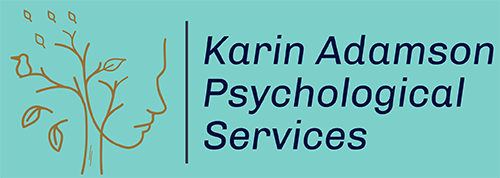What are Dissociative Disorders?
Dissociative disorders involve disruptions in various aspects of mental functioning, affecting memory, identity, emotion, perception, behaviour and one’s sense of self. Here are the key points about dissociative disorders:
-
Types of Dissociative Disorders:
- Depersonalisation-Derealisation Disorder:
- Depersonalisation: Feeling detached from oneself, as if observing actions, feelings or thoughts from a distance.
- Derealisation: Sensation that the world is unreal, with people and objects appearing ‘traumatic’ or ‘foggy’.
- These experiences can occur separately or together.
- Dissociative Amnesia:
- Severe memory gaps where individuals cannot recall personal information or events from their past.
- These gaps go beyond normal forgetfulness and are not due to other medical conditions.
- Some may find themselves in unfamiliar places without knowing how they got there.
- Dissociative Identity Disorder (DID):
- Previously known as multiple personality disorder.
- Individuals with DID feel uncertain about their identity.
- They may sense the presence of distinct identities, each with unique names, voices, histories and mannerisms.
- Memory gaps about everyday events and personal information are common.
-
A Coping Mechanism:
- Dissociation often arises as a defence mechanism in response to stress or trauma.
- Many people with dissociative disorders have experienced traumatic events during childhood.
- Dissociation helps them cope with overwhelming emotions.
-
Symptoms and Duration:
- Symptoms include feeling disconnected from oneself, forgetting time periods or personal information, and experiencing multiple identities.
- Dissociation can last for hours, days, weeks or even months.
- Some individuals may also have seizures.
-
Associated Conditions:
- People with dissociative disorders may also experience:
- Medically unexplained symptoms
- Post-traumatic stress disorder (PTSD)
- Depression
- Mood swings
- Anxiety and panic attacks
- Suicidal tendencies or self-harm




